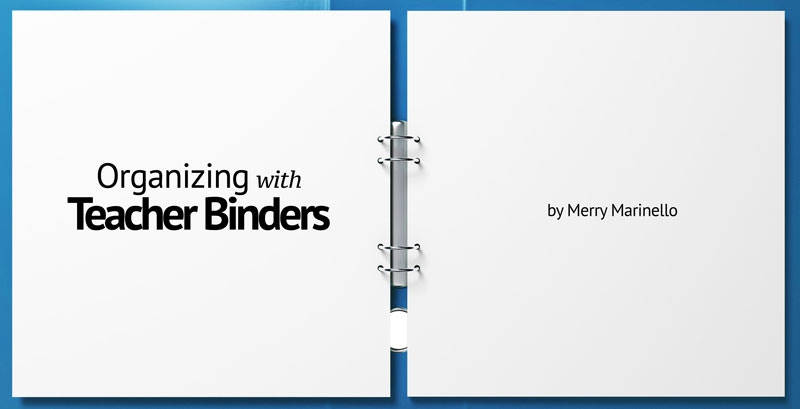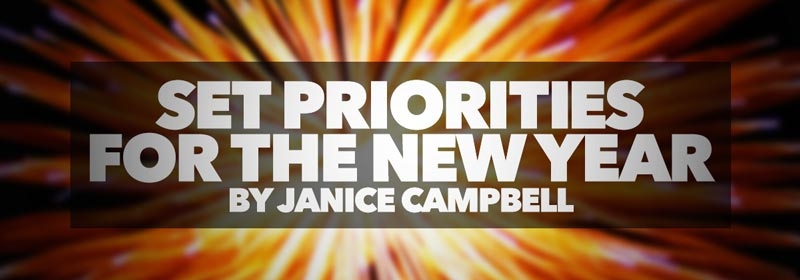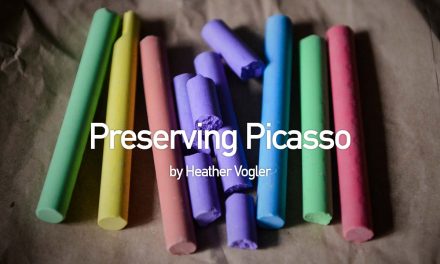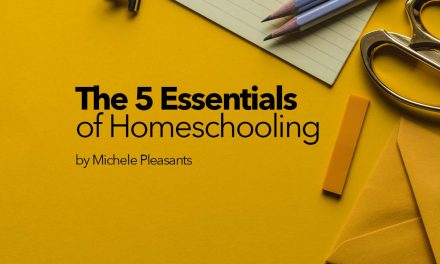I love to hear how people organize, so I thought I’d share some pictures of my Teacher Binder. I use this daily, and the cheap binders always wear out. Last year’s was falling apart before Christmas!
So this year I splurged and bought a 1″ “Better Binder” from Staples, which has a “lifetime guarantee.” I didn’t read the fine print, so I’m not sure what that means! But the binding does seem to be extra-durable.
.jpg)
When I got home, I decided to look for a nice cover sheet, and found this one at Dynamic2Moms. They have wonderful organizational pages, plus lapbooks and more. I haven’t used the lapbooks but a friend of mine has and she loves them. I was tickled pink (er, aqua) to find a coordinating cover! And I agree with the quote at the bottom too–there are no perfect plans, sometimes we just have to start!
One of the nifty things about the binder is that it has a pocket to slide in a title tab, which makes the binder very professional looking.
.jpg)
Another great feature is that it lies completely flat. The yearly calendar on the right is also from Dynamic2Moms. I use that to plan out our year–days I know we’ll take off, and a rough count of how many days we’ll have per month. Then I mark the actual days we school and know whether we are on track with our school year or if I need to make adjustments.
.jpg)
I also like that the binder has a pocket in the front, because that’s where I always keep my current week’s schedule. I don’t plan every subject for the week out exactly, so my schedule is also like a journal in some ways–I write down what we did each day. I use workboxes, so the schedule for each child lists their workboxes in order.
Just behind the yearly calendar, I keep a daily schedule. Don’t let that fool you…I’m not a clock-watcher by any means! But I do find it helpful to come up with a daily schedule because it reminds me what my time-goals are for each subject. If a subject routinely goes overtime, I may need to adjust my plans or how I use our curriculum. It’s too easy to over-plan, and schedules keep me “honest” in this way!
.jpg)
The schedule also helps me coordinate when my kids need my one-on-one attention. I don’t think I could teach pre-algebra and geometry at the same time! Another consideration is computer usage–both need the computer for science, so they can’t do that topic at the same time. So, even if we don’t follow the times exactly, this gives a workable flow to our days.
After the calendars, I have a tab divider for each subject: Bible, Literature, History, Science, Language Arts, Math, Japanese, and Records. These are sturdy plastic tabs that you can write on and erase.
Behind each tab I keep any record-keeping charts for subjects I want to track grades (helpful now that my son is in high school. I didn’t track grades at all for younger grades, though I did grade some things such as tests.) For example, Math-U-See and Mystery of History both come with a record-keeping page that you can copy/print off and stick in a binder.
I also keep any needed plans behind the appropriate tabs. At the beginning of the year, I come up with a plan for each subject. That plan might be as simple as, “a lesson per day for math,” or “a chapter per day for Bible.” This chart is behind my “Bible” Tab, and is a place where I keep track of which books of the Bible we’ve read over the years. Rose Publishing sometimes sends out newsletters with free downloads, and this chart came from them.
.jpg)
For subjects like literature, I come up with a listing of books to use and put them in order that we’ll use them. Our literature often complements our history, and usually it’s easy to tell the time period of the book by looking at the back cover or the introduction or first few pages. Occasionally I might look online for this info in a book description.
If you have used Sonlight, I make a similar 1-page guide to what they have up front, listing the week that I anticipate we’ll start each book. I keep a list of optional books as well, in case we get ahead of schedule. We can also easily drop a book if we don’t progress as quickly as I anticipated, without throwing the schedule for our whole year off.
.jpg)
For history, sometimes I have additional resources that I want to include with a spine. When that’s the case, I’ll make a chart showing how the lessons line up. This
.jpg)
Short answer keys also go into my teacher binder, but for longer ones, worksheets, and other materials, I use my Teacher Box.
How do you organize your materials?
is fairly easily done by looking at the Table of Contents for each book. Here I’ve lined up Mystery of History 3 with the Famous Men books.
.jpg)
I use the table function on MS Word for all of my charts, but you could just as easily keep your plans on notebook paper or whatever is convenient for you.
I use the “records” tab at the end for my weekly schedules that are completed, as well as things like a working transcript. his form is from Lee Binz, who has great information on transcripts and record-keeping. The simple charts and reading lists I keep for each subject made it a breeze to get my son’s transcript started–I recorded his first year and compiled simple course descriptions with reading lists and curriculum lists in about 2 hours. Then I don’t have to keep all of my scraps of paper and everything is organized.
.jpg)
Here’s a back page I printed out on cardstock from Dynamic2Moms. I enjoyed the quotes!





